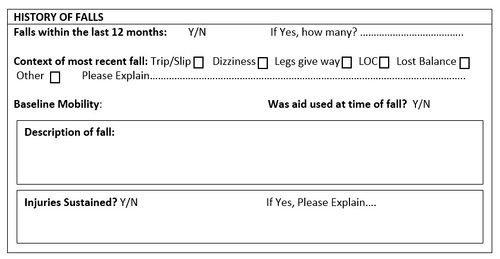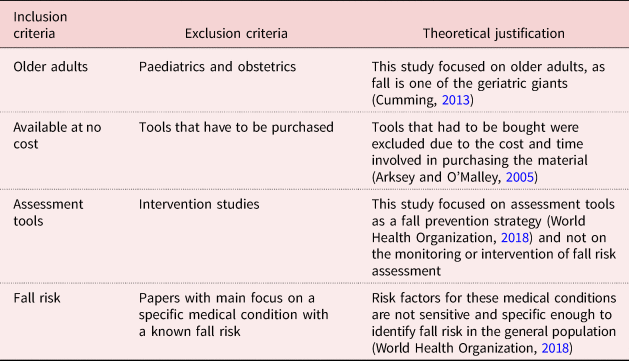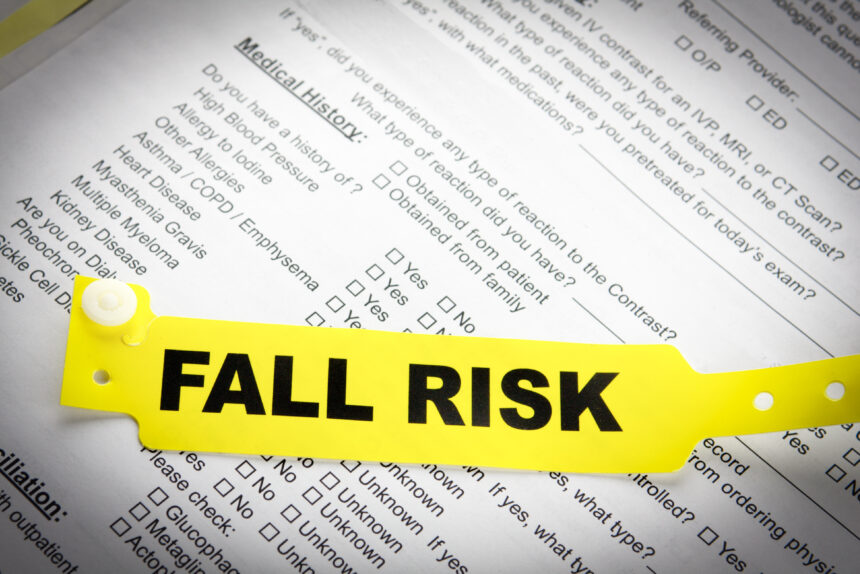All About Dementia Fall Risk
Table of ContentsThe smart Trick of Dementia Fall Risk That Nobody is Talking AboutA Biased View of Dementia Fall RiskThe Basic Principles Of Dementia Fall Risk Getting The Dementia Fall Risk To Work
A fall threat evaluation checks to see how likely it is that you will certainly drop. The analysis typically includes: This consists of a series of questions regarding your overall wellness and if you have actually had previous drops or issues with equilibrium, standing, and/or strolling.STEADI includes screening, examining, and intervention. Treatments are referrals that may lower your risk of falling. STEADI includes three actions: you for your threat of falling for your danger variables that can be improved to try to avoid drops (for instance, equilibrium problems, damaged vision) to decrease your risk of dropping by using efficient techniques (for example, providing education and learning and resources), you may be asked a number of questions consisting of: Have you dropped in the previous year? Do you really feel unstable when standing or strolling? Are you bothered with dropping?, your service provider will certainly test your strength, equilibrium, and stride, utilizing the adhering to autumn analysis devices: This test checks your gait.
Then you'll take a seat again. Your provider will certainly examine for how long it takes you to do this. If it takes you 12 seconds or more, it might suggest you go to higher danger for a fall. This examination checks toughness and equilibrium. You'll being in a chair with your arms went across over your breast.
The settings will get more challenging as you go. Stand with your feet side-by-side. Move one foot midway onward, so the instep is touching the large toe of your other foot. Relocate one foot fully before the other, so the toes are touching the heel of your various other foot.
The Ultimate Guide To Dementia Fall Risk
A lot of drops happen as an outcome of several contributing variables; therefore, managing the threat of falling starts with recognizing the variables that contribute to fall risk - Dementia Fall Risk. Some of one of the most relevant threat variables consist of: History of prior fallsChronic clinical conditionsAcute illnessImpaired stride and balance, lower extremity weaknessCognitive impairmentChanges in visionCertain risky drugs and polypharmacyEnvironmental variables can also enhance the risk for falls, including: Poor lightingUneven or harmed flooringWet or slippery floorsMissing or damaged hand rails and get barsDamaged or incorrectly equipped equipment, such as beds, wheelchairs, or walkersImproper usage of assistive devicesInadequate supervision of the people living in the NF, including those that exhibit aggressive behaviorsA successful fall risk administration program calls for a thorough medical assessment, with input from all participants of the interdisciplinary group

The care plan must also include interventions Clicking Here that are system-based, such as those that promote a safe environment (ideal lighting, hand rails, get bars, etc). The performance of the interventions should be assessed occasionally, and the care strategy revised as necessary to reflect modifications in the autumn danger assessment. Executing an autumn threat management system using evidence-based ideal practice can minimize the occurrence of drops in the NF, while restricting the possibility for fall-related injuries.
Examine This Report about Dementia Fall Risk
The AGS/BGS standard suggests evaluating all adults aged 65 years and older for autumn risk every year. This testing contains asking patients whether they have dropped 2 or even more times in the past year or sought medical focus for a loss, or, if they have actually not fallen, whether they really feel unstable when walking.
People who have actually fallen when without injury should have their balance and gait reviewed; those with gait or equilibrium irregularities need to obtain additional evaluation. A history of 1 fall without injury and without stride or equilibrium problems does not necessitate additional analysis beyond ongoing yearly autumn threat screening. Dementia Fall Risk. An go right here autumn risk analysis is needed as part of the Welcome to Medicare evaluation

Not known Details About Dementia Fall Risk
Documenting a falls history is one of the high quality indications for autumn prevention and administration. copyright medicines in specific are independent predictors of drops.
Postural hypotension can typically be minimized by reducing the dosage of blood pressurelowering medicines and/or quiting medications that have orthostatic hypotension as a negative effects. Use above-the-knee assistance pipe and copulating the head of the bed boosted might also minimize postural decreases in high blood pressure. The recommended elements of a fall-focused checkup are received Box 1.

A Yank time better than or equivalent to 12 seconds suggests high fall danger. Being not able to stand up from a chair of knee elevation without utilizing one's arms shows enhanced loss threat.